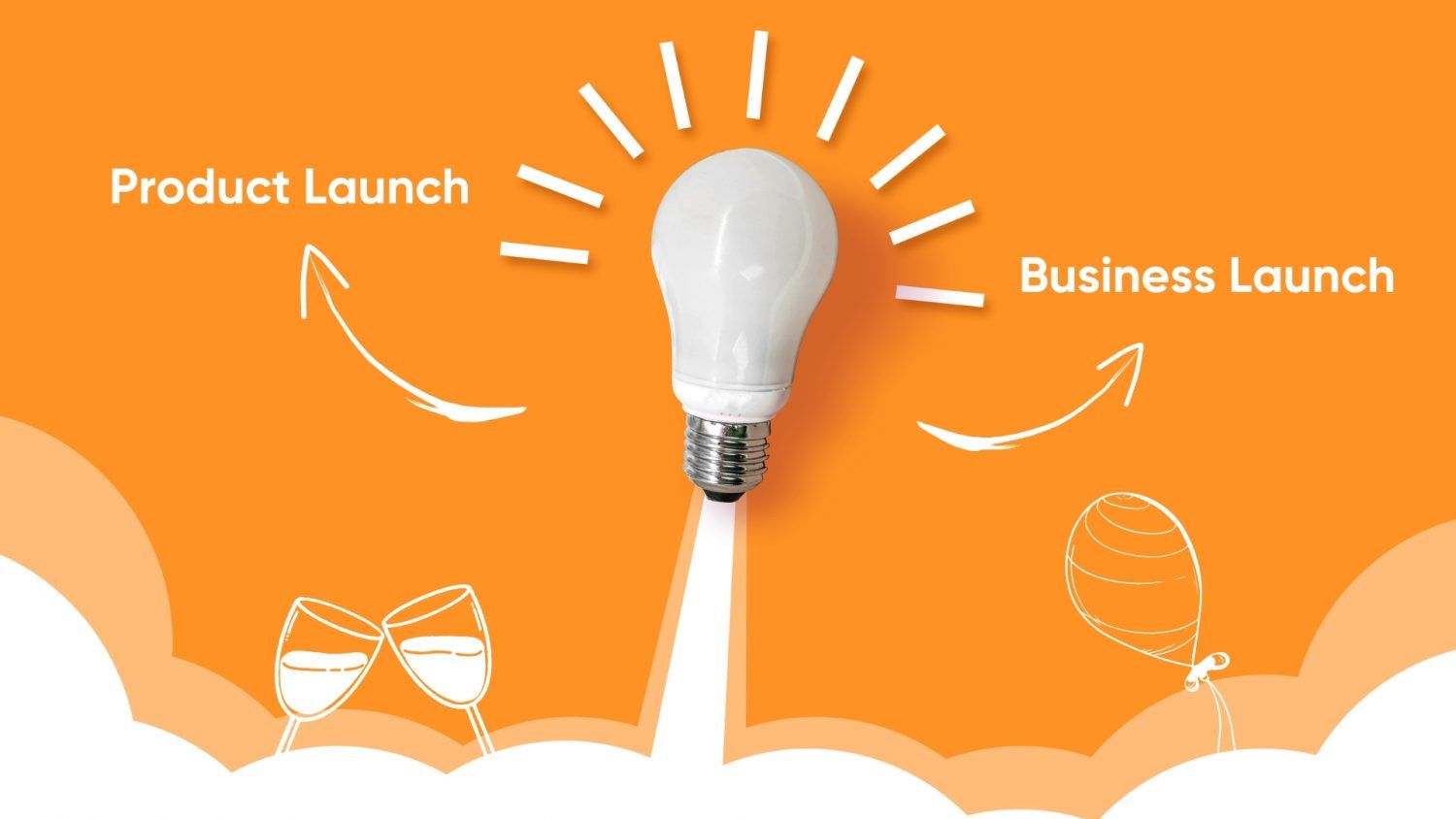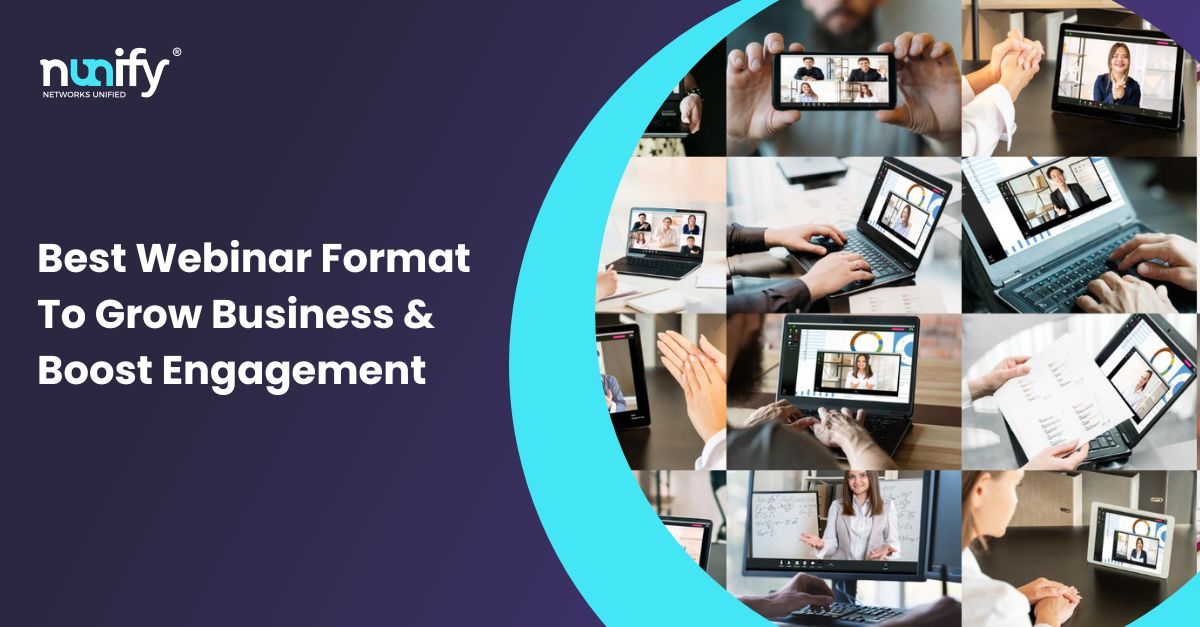After 30 years since the first application, the augmented reality market stands at a valuation of USD 3.5 billion. Industries, such as events, education, retail, healthcare, and manufacturing have already made it a part of their workflow.
Augmented reality (AR) is a type of immersive technology that offers an interactive experience that presents digital experiences in a real-time physical environment. The digital experiences include visuals, audio, text, and other sensory elements.
Put succinctly, AR overlays digital experience on top of the physical environment that delivers a real-time, real-world experience to users.
The combination of digital and physical worlds differentiates augmented reality from virtual reality (VR). While both technologies have auditory and visual components, VR exists completely in a simulation.
6 Benefits of Augmented Reality for Your Business
The core benefit of AR that underlies every other benefit is its ability to keep the users engaged.
Content formats like articles, videos, or podcasts are passive, i.e., they don’t really require active user participation. This leads to drop off at some point if the content fails to keep their attention.
On the other hand, AR offers a way to hold the user’s attention as long as they are immersed in the experience leading to the following six benefits.
1. Deliver Better Customer Experience (CX)
Customer experience is the perception a customer forms about your brand at every touchpoint throughout their purchase journey and the novelty-driven utility of AR is here to make it better.
Whether you are an offline or a digital-first brand, you can implement AR at various marketing touchpoints. For instance, an outsourced e-commerce store can use the virtual try-on feature to help a shopper decide. Similarly, a large-scale exhibition can set up a 360-degree virtual tour to help participants get a hang of the event beforehand.
In this manner, AR can not only address the potential customer hesitations but do it in a way that wows the target audience.
2. Improve Product Adoption
One of the earliest hurdles with any new product is to get the initial traction. Brands keep experimenting with creative onboarding programs to smoothen product adoption. AR can act as a major catalyst in speeding up this process. For example, Mercedes’s Ask Mercedes smartphone app comes with an AR function that drivers can use to learn more about car functions. Users just have to scan the dashboard and the center console to get the information they need.
3. Gather Nuanced Customer Insights
How users use AR features gives away a lot of information about them. For instance, a virtual event may have planned multiple breakout sessions. These sessions could revolve around speed networking, guided meditation, and games. The engagement stats during each session can uncover a lot about attendee preferences and interests. Organizers can further use this data to deliver better event experiences.
4. Reduce Marketing Costs
Managing event logistics is a huge undertaking. Setting up event booths, staging and storing equipment, lights, A/V production equipment, kiosks, and other material can get cumbersome. The possibility of breakage during loading, unloading, or transit can jeopardize the event experience.
AR lets you encapsulate everything in a single technology that is easily accessible and has zero to minimal logistical needs. This not only makes the overall experience efficient but also reduces marketing costs.
5. Provide Better Training
It is better to work with simulations when training individuals on technical skills, complicated technology, or high-stakes activities. It helps organizations keep potential risks and complications at bay.
AR enables organizations to create interactive training programs that offer technical, operational, and safety training. These training programs can help customers learn how to use a product, train healthcare personnel on using various equipment, or develop military training programs. Medicine, aerospace, retail, manufacturing, military, and retail industries are already using AR-based programs that train people on various scenarios to gain better situational awareness.
6. Drive More Sales
The lack of sensory experience is one of the key hindrances to driving sales online. In a 2009 research, Joann Peck and Suzanne B. Shu showed that touching an object can result in an increase in the perceived ownership of that object.AR enables shoppers to try out products via virtual lenses and filters to get a feel for them. This act of touch, although virtual, leads to higher sales.
How Various Industries Can Benefit from Augmented Reality
While the benefits of AR are apparent from the consumer experience standpoint, its applications are not limited to marketing exclusively. Many industries have implemented augmented reality in other departments as well. Here is how the following four sectors are using AR to drive business goals.





